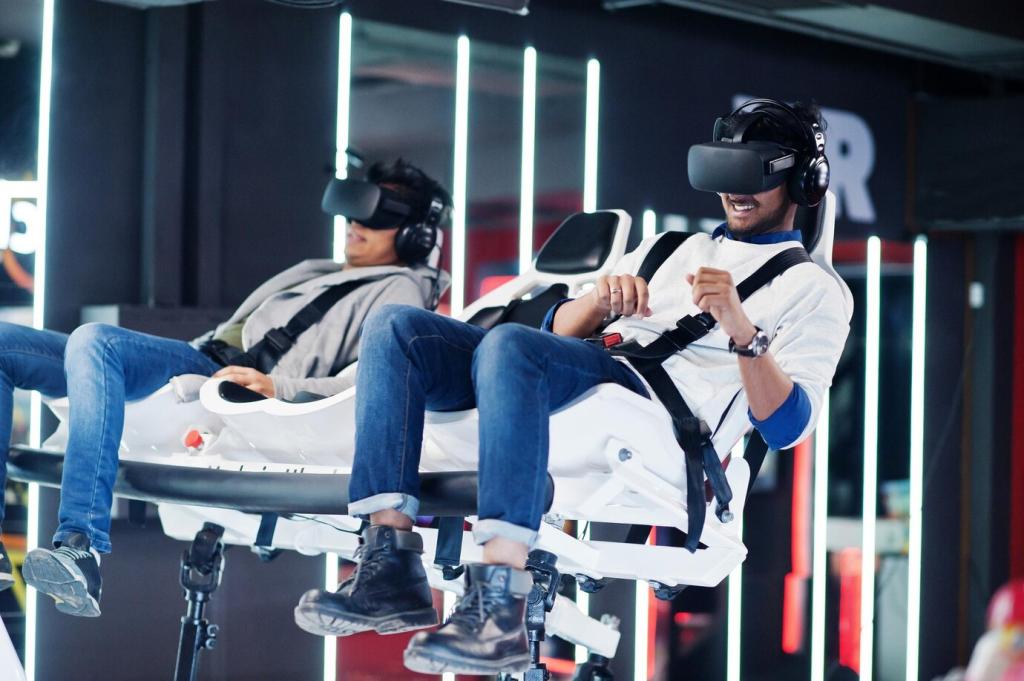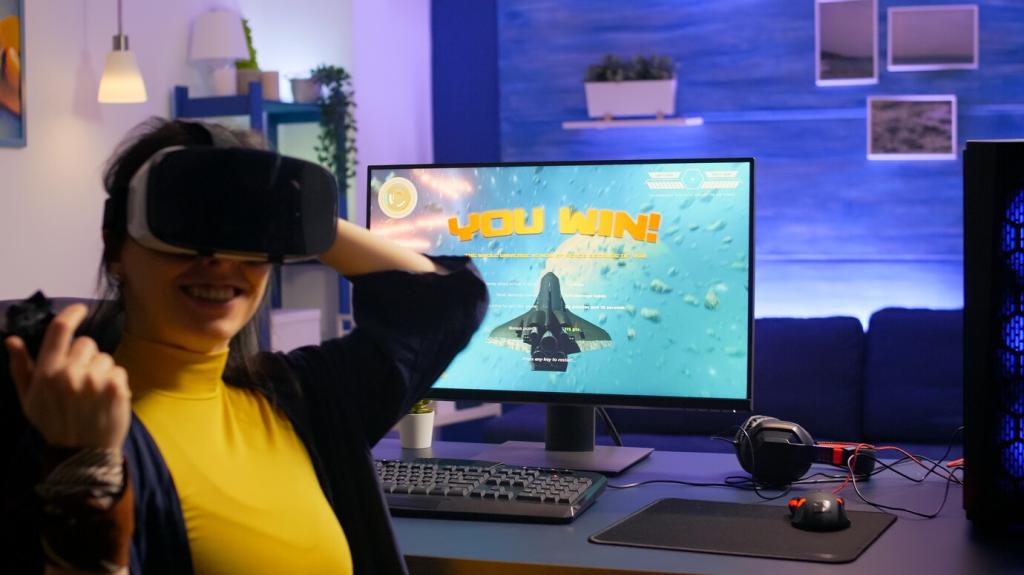
Discover the Art of Minimalist Board Game Designs
Chosen theme: Minimalist Board Game Designs. Welcome to a space where fewer components, clearer rules, and deliberate choices create richer tabletop experiences. Join us, share your thoughts, and subscribe for ongoing stories, methods, and experiments in refined play.
Foundational Principles of Minimalist Board Game Design
Elegance Through Reduction
Minimalist designs focus on removing rules that do not create meaningful choices. Every exception, fiddly token, or dead-end action is questioned. What remains is a crisp decision loop that rewards intuition, creativity, and repeat play without cognitive clutter.
Clarity Over Complexity
Clear iconography, consistent turn structure, and predictable outcomes allow players to grasp strategy quickly. Instead of memorizing edge cases, players can invest mental energy into reading opponents, exploring possibilities, and mastering the elegant boundaries of the system.
Friction That Feels Intentional
Minimalist systems still have friction, but it is purposeful. Constraints steer attention toward the tension that matters. When each action has a cost, even small decisions feel dramatic, making every turn memorable and strategically significant.
A single card might represent actions, resources, and scoring triggers depending on how it is played or oriented. Multi-use components reduce setup time, streamline teach moments, and open fascinating trade-offs between short-term gains and long-term positioning.
Components That Work Overtime
Teaching Fast, Playing Deep
If your core rules fit on a page, you can teach them conversationally. Demonstrate a single turn, then let players try. By keeping exceptions minimal, the table learns through doing, and engagement begins within minutes rather than half an hour.


Teaching Fast, Playing Deep
Short, concrete examples resolve more confusion than paragraphs of prose. Show a sample turn that highlights a typical trade-off. Players remember interactions they witness, not theoretical possibilities, making early mistakes less likely and first sessions more enjoyable.
With only sixteen cards, Love Letter creates bluffing, deduction, and tempo control. Every draw nudges probabilities, and each play signals intent. The tiny deck forces dramatic decisions, proving minimal content can deliver endlessly surprising social tension.
Case Studies: Minimalism in the Wild
Hive discards the board entirely, using tiles to build the arena as you play. Movement powers are simple, yet interactions are rich. Spatial pressure, timing, and positioning generate a chess‑like dance that remains portable, accessible, and profoundly tactical.
Case Studies: Minimalism in the Wild
Visual and Tactile Aesthetics of Less
Legible type and generous margins reduce perceived complexity. When text breathes, rules feel friendlier. A clean hierarchy—headings, short labels, and simple bulleting—helps players locate information instantly, minimizing downtime and maximizing table conversation and flow.

Visual and Tactile Aesthetics of Less
Choose components that communicate purpose through texture and weight. Thick tiles feel deliberate, slim cards shuffle effortlessly, and wooden shapes signal durability. Honest materials reduce visual noise and anchor the minimalist promise in satisfying tactility.
Exercises to Practice Design Minimalism
Design a game using only two core rules and one win condition. Add no exceptions for the first three iterations. Notice how constraints force clarity, and how a tiny ruleset can still create surprising depth with clever interactions.
Community and Continuing the Conversation
Run short, focused sessions with one question in mind. Ask players where decisions felt meaningful and where actions confused. Log observations, not opinions. Intentional feedback loops keep your design lean and your improvements targeted.
Community and Continuing the Conversation
Track turns per minute, rule lookups, and time‑to‑teach. If metrics improve while tension remains, your cuts are working. Share your data in the comments so we can compare approaches and refine a shared minimalist toolkit.
